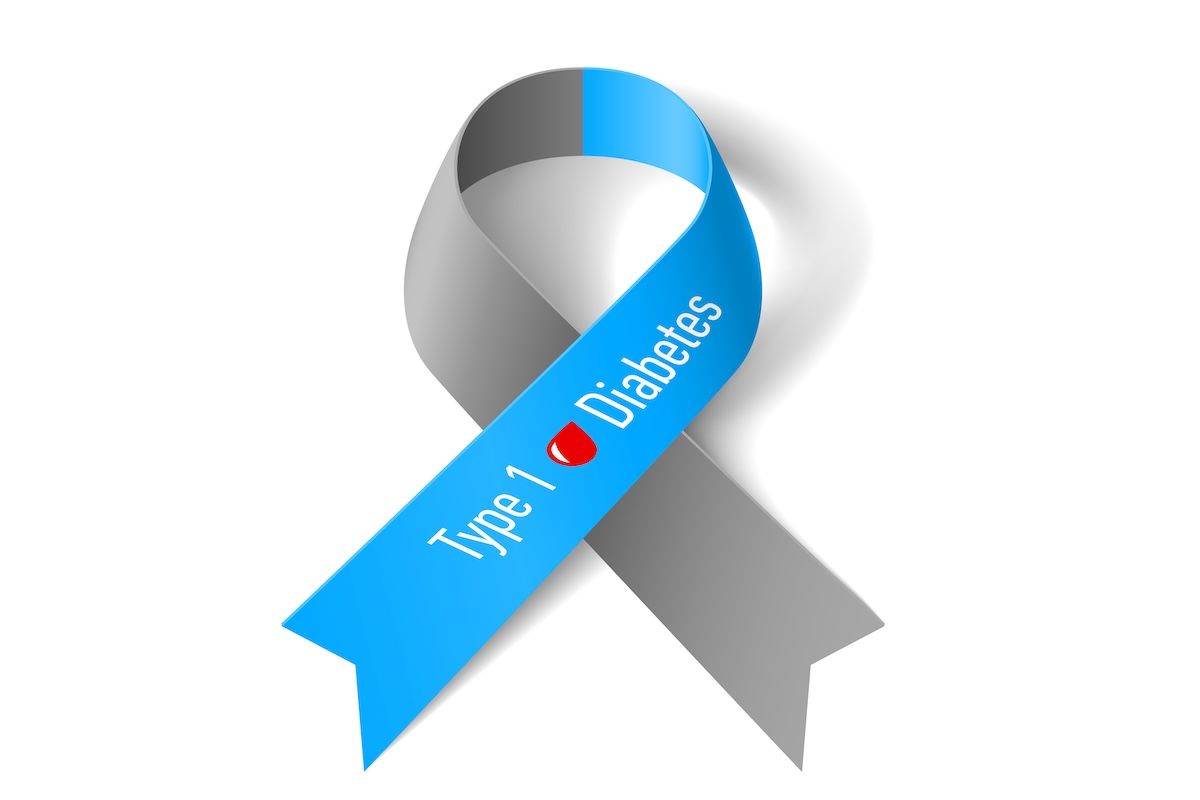Article
Can CGM Be a Game Changer for Pilots With Type 1 Diabetes? Two Men on a Mission Say Yes
Author(s):
FAA policy on granting medical certificates to people who use insulin are based on policies created in 1949, and advocates for people with diabetes say there's been a revolution in technology and medication since then.
For decades, the rules from the Federal Aviation Administration (FAA) and most other countries had been clear: if you use insulin to treat your diabetes, you can’t operate a commercial aircraft. There are procedures for pilots to gain a medical certificate to fly private aircraft, and in the United States and 7 other countries, many do.
In 2012, after negotiating with the group Pilots With Diabetes, Canada and the United Kingdom adopted procedures that allowed pilots diagnosed with type 1 diabetes (T1D) to return to commercial flying. Why does this matter? In many cases, a T1D diagnosis means the end of a military aviation career just as it’s getting started, a devastating result that wastes thousands of hours and dollars in training.
That’s what happened to Thor Dahl, a 24-year-old aviator from Oslo, Norway, who learned he had T1D during his annual physical, just after he’d graduated and was completing a helicopter course with the US Army in Alabama. “In retrospect, there’d been a few incidents where it would make sense—I was thirsty,” he said.
The next day he was grounded. Dahl’s military career seemed over before it had even begun. “Those were the 2 worse days of my life,” Dahl told The American Journal of Managed Care® (AJMC®) in an interview. “I don’t think anything worse could have happened to me,” he said.
Through Pilots With Diabetes, Dahl connected with Douglas Cairns, a native of Scotland who had lived the same experience nearly 30 years ago, when he was grounded by the Royal Air Force. Still able to fly privately, the pair partnered with Dexcom, a leading maker of continuous glucose monitoring (CGM) systems, to raise awareness of what pilots with T1D can do.
Read about FDA's approval of Dexcom G6 and its impact on the review process
In late July, the pair broke the world record for touching down in the most states by plane in a 24-hour period—they extended the record from 23 to 29 states. Their route took them from Sanford Seacoast Regional Airport in Maine on July 27 to Albert Lea Municipal Airport-Ael in Minnesota on July 28.
Both men use Dexcom CGMs to track their blood glucose levels, both during the flight and their daily activities to avoid hyper- and hypoglycemia.
Cairns told AJMC® that advances in diabetes care make regulations that bar pilots with T1D from flying commercial aircraft obsolete. US regulations are based on science from 1949, when hypoglycemia always sent people to the hospital and all insulin came from pigs, he said. “With all the new technology and medicine, we’ve become more and more sure that this is safe—this is something that should be changed for people with diabetes,” Cairns said.
He said the rules in countries that allow private flying require diabetes to be well-controlled and for the pilots to have hypoglycemia awareness, which means they can sense when their blood glucose levels are falling. As diabetes progresses, especially with age, some people with T1D cannot always sense this is happening—which was one reason advocates pressed FDA and CMS to give the Medicare population access to Dexcom’s G5, a change that finally came last year.
“While CGM is not required, we all know that CGM is a tool,” that can help pilots, Cairns said. “CGM really does have the power to open doors.”
Dahl said he hopes that having access to CGM could mean his military aviation career in Norway might not be over. He’s meeting with medical institutions to develop a test protocol. “They’ve already invested big amounts of money in my education,” he said of his home country. “I’m still in the Air Force.”
“It’s grown into something bigger than yourself,” Dahl said. “I’m very eager to try to use this position to make the changes in aviation, on a worldwide basis.”
He has a mentor in Cairns, who was part of the group of grounded pilots in the United Kingdom that met back in 2007 to start the process that eventually led to the rule changes for that country. And US advocates, especially the American Diabetes Association (ADA), has used the data from those pilots to seek changes in this country.
For years. the FAA ban on receiving first or second-class medical certificates for people using insulin was absolute. People using insulin could seek a third class medical certification, which allowed private and recreational flying, and let pilots serve as flight instructors. ADA convened an expert panel and made recommendations to FAA about eligibility requirements for pilots to be cleared for commercial flight and protocols to take in flight.
In April 2015, FAA revised its policy to allow for consideration “on a case by case basis.” However, a pilot with diabetes, Eric Friedman, sued the FAA over a lack of published guidelines on how it would make the decision on who would receive a first or second-class medical certificate.
The availability of CGM apparently can cut both ways, based on Friedman’s case. On May 25, 2018, a 3-judge panel of the DC Circuit Court of Appeals found that the FAA could request Friedman’s CGM data in making its decision whether to grant the medical certificate needed for a commercial license.
Cairns said besides showing what pilots with T1D can do, the 24-hour excursion was “an absolute pleasure,” and that he and Dahl maintained good glucose control throughout. He wants to share the data from his trip to further research and help others. “Diabetes need not limit the scope of people’s dreams and ambitions,” he said.
Newsletter
Stay ahead of policy, cost, and value—subscribe to AJMC for expert insights at the intersection of clinical care and health economics.





